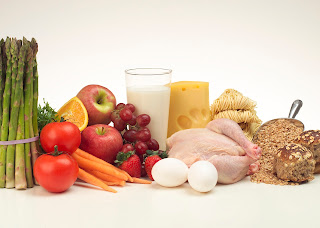How late do you stay up? Are you an "early to bed, early to rise" kind of person or do you burn the midnight oi? Do you have a difficult time losing weight? In a recent study by Northwestern University, published in the journal Obesity, researchers found that staying up late at night could add an additional 2 pounds-a-month weight gain. Their reasoning was that night owls ate more food, had poor eating habits, and were more likely to have a higher body mass index (BMI).
In this study, scientists followed the sleep patterns and eating habits of 52 adults. More than half were "normal" sleepers while the remaining 44% were "late" sleepers (got less sleep and went to bed later). Results are disconcerting. Overall, late sleepers consumed 248 more calories per day than normal sleepers. This was accomplished through eating more fast food, drinking more high-calorie soft drinks, and having lower fruit and vegetable consumption.
Which category do you fall under? Sleep is vital to the human body. We must remain focused on the body's internal clock and abide by that system for eating and sleeping habits. When they are not aligned, metabolism and appetite change which ultimately lead to weight gain. Also, during sleep our bodies make necessary repairs from environmental factors and physical/emotional stress. Deprive yourself of sleep and the whole body suffers.
Need help with your eating habits? Talk to our nutrition specialist at PROMATx Health Club to find out more about metabolism and nutrition.
Sleep soundly, eat healthy, reap the benefits!!



